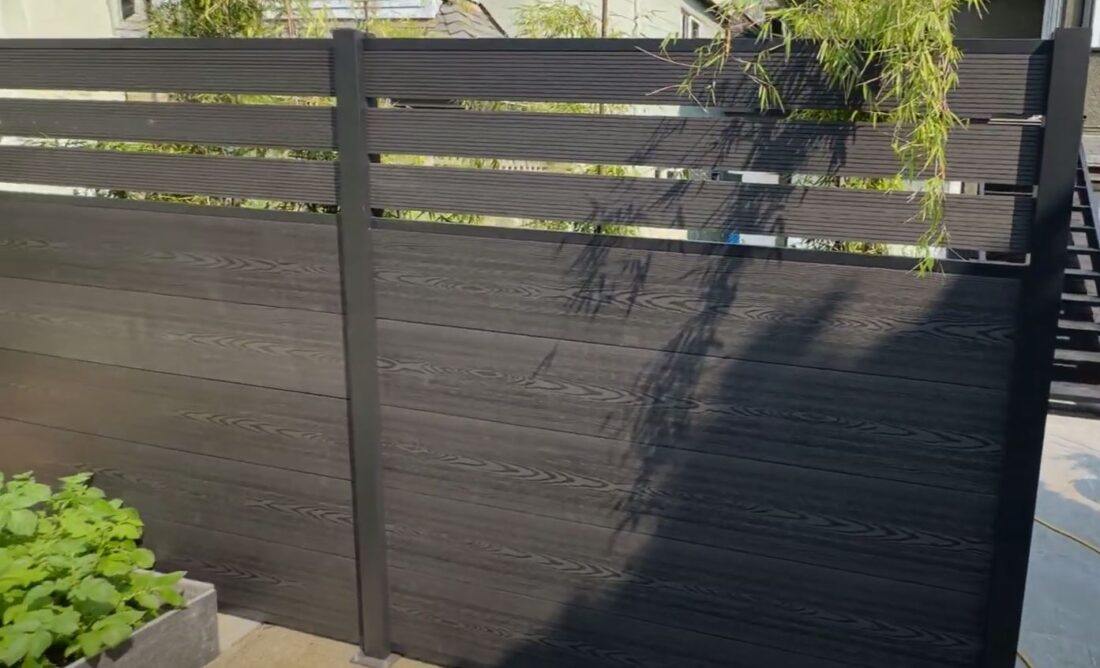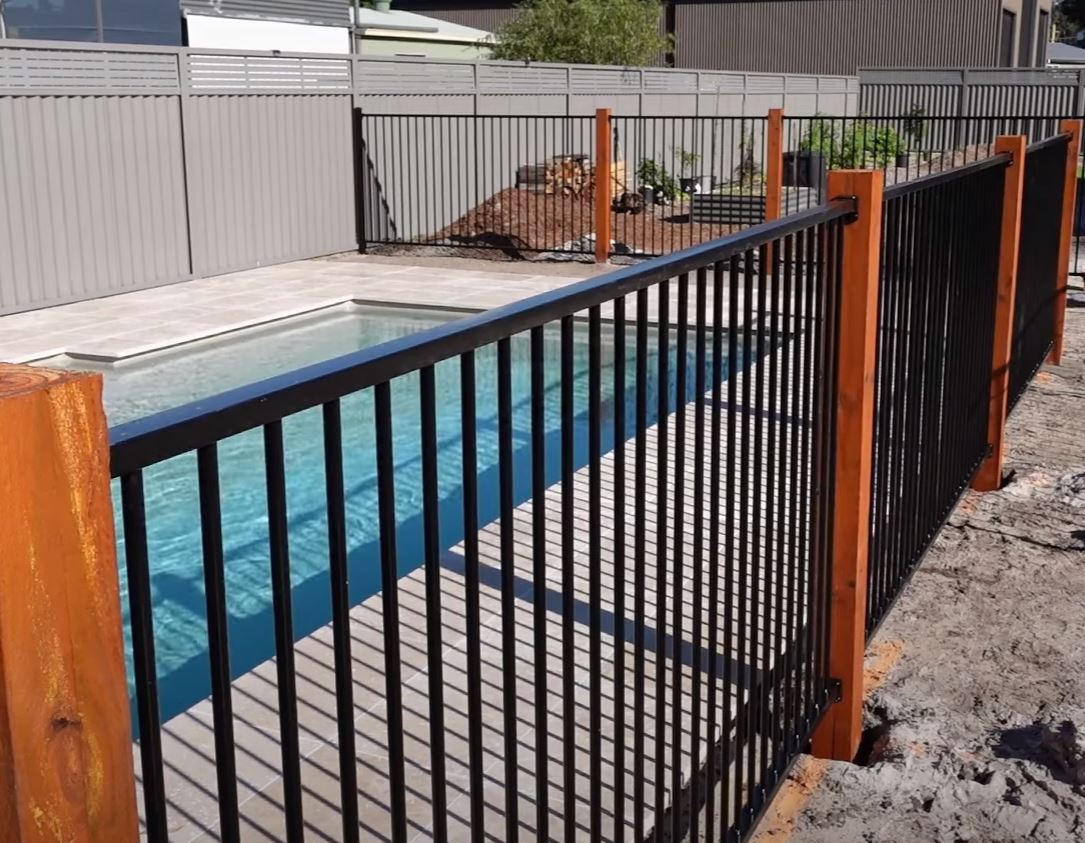Fencing Act Insights
One of the first things you should be aware of is New Zealand’s Fencing Act. This legal framework governs many aspects of fencing between neighbouring properties, including cost-sharing, maintenance responsibilities, and modifications. While it doesn’t explicitly mention trellises, the principles set out in the act can provide guidance on what’s acceptable.
Ownership and Boundaries
Before diving into the topic of trellises, it’s pivotal to determine who owns the fence. If the fence is wholly on your property and was funded solely by you, it belongs to you. In cases where the fence straddles the boundary line, it is considered a ‘dividing fence’, and both neighbours have shared ownership. You can consult land title documents or property reports, especially if you’re in rapidly developing areas like Flat Bush, where boundaries might have changed over the years.
Communication is Key
Before any additions or changes are made to a shared fence, open communication is essential. If your neighbour is considering attaching a trellis, they should ideally discuss it with you. Not only is this courteous, but it can also prevent potential disputes or misunderstandings down the line.
Structural Integrity and Safety
Attaching a trellis, especially a large or heavy one, can impact the fence’s structural integrity. Considerations like the fence’s material, age, and foundational strength come into play. In hilly suburbs like Titirangi, where properties might be on varying elevations, ensuring the fence can handle the additional weight without risking collapse is paramount.
Aesthetic Considerations
Beyond the structural aspect, there’s the matter of aesthetics. A trellis can dramatically change the look of a fence. While beauty is subjective, any modifications should ideally complement the existing structure, keeping the broader neighbourhood’s aesthetics in mind.
Potential Risks and Liabilities
There are a few risks associated with attaching trellises:
- Increased wind resistance: A trellis can act as a sail in windy conditions, making the fence more prone to damage.
- Weight: As mentioned, a heavy trellis can strain a fence, especially if the fence wasn’t designed to support additional weight.
- Invasive Plants: If your neighbour plans to grow plants on the trellis, some species can be invasive, potentially damaging the fence or even entering your property.
Health and Safety Considerations
When attaching a trellis, it’s essential to ensure the work is done safely. Using appropriate tools, securing ladders, and checking for underground utilities if digging is involved are all important steps. If your fence is near a utility line, especially in denser suburbs like Mount Wellington, extra caution is required.
Mitigating Disputes
If you’re concerned about a neighbour’s intentions or the work they’ve begun, it’s best to address the issue calmly and directly. You might also consider mediation or, in extreme cases, legal advice. However, open dialogue usually resolves most disputes before they escalate.
Engaging Professionals
Should both parties agree that adding a trellis is a good idea, engaging professionals, like Quality Fencing Auckland, ensures the job is done right. Expert teams can evaluate the fence’s condition, recommend suitable trellis designs, and undertake the installation, ensuring longevity, safety, and aesthetic appeal.
In Conclusion
Your fence serves as a boundary and a reflection of your property’s aesthetics. While adding a trellis might enhance its appeal, it’s vital to consider the implications fully. Open communication, understanding local regulations, and prioritising safety and aesthetics are all key. And when in doubt, always lean on the expertise of local professionals who understand Auckland’s unique fencing landscape.
Frequently Asked Questions
- Can my neighbour attach anything to our shared fence without my permission? If the fence is a shared or ‘dividing fence’, any significant modification like attaching a trellis should ideally be discussed and agreed upon by both parties.
- Who pays for the addition of the trellis? If both parties agree to the addition of a trellis on a shared fence, costs should be discussed and ideally split. However, if one party desires the trellis purely for their benefit, they would typically cover the costs.
- What if the trellis damages the fence? If the addition of a trellis leads to damage, the party responsible for its attachment would typically bear the repair or replacement costs. It’s always recommended to consult professionals to ensure no damage occurs.
- Can I remove a trellis my neighbour attached if I didn’t approve it? Before taking any action, it’s best to communicate your concerns with your neighbour. If the issue isn’t resolved, legal advice or mediation might be necessary.
- What types of plants are best for growing on a trellis without causing damage? Opt for non-invasive plants like clematis, jasmine, or sweet peas. It’s best to avoid heavy gourd-bearing plants or those with invasive roots.
- I live in Titirangi with an elevated property; are there special considerations for attaching a trellis? Yes, due to the hilly nature of suburbs like Titirangi, ensuring that both the fence and trellis have adequate foundational support is crucial. It’s always wise to engage with a local expert, like Quality Fencing Auckland, to assess and make recommendations.
- My neighbour and I can’t agree on the design of the trellis. What can we do? Open dialogue is the first step. If aesthetic concerns persist, consider involving a neutral third party or mediator to assist in finding a mutually agreeable solution.
- How often should a trellis be maintained or checked for safety? Annually is a good rule of thumb. However, after particularly harsh weather conditions in Auckland, like strong winds or heavy rainfall, a quick check is advisable.
- Are there council regulations in Auckland regarding fence modifications? While there aren’t specific Auckland-wide regulations on trellis attachments, it’s always wise to check with your local council, especially if the fence alteration might impact the public or neighbouring properties in any way.
- How can I ensure the best outcome when adding a trellis to my fence? Engage with professionals who understand local conditions and aesthetics. Quality Fencing Auckland, for instance, has the expertise to guide you through the process, ensuring safety, durability, and aesthetic appeal.
Key Takeaways About Attaching Trellises to Fences
- Understanding Ownership: Before making any modifications, it’s essential to determine who owns the fence. If it’s a shared ‘dividing fence’, both parties should ideally agree on any significant changes.
- Importance of Communication: Open dialogue between neighbours is crucial when considering changes to shared structures. Transparent conversations can prevent misunderstandings and potential disputes.
- Safety and Aesthetics Matter: Beyond mutual agreement, ensuring that the trellis doesn’t compromise the structural integrity of the fence or clash with the broader neighbourhood’s aesthetics is vital.
- Engage the Experts: To ensure optimal results, longevity, and compliance with local standards, it’s best to engage with professional fencing companies like Quality Fencing Auckland when considering adding a trellis or making other major modifications
References:
If you are looking for in-depth or legal specifics on property and fence-related matters in Auckland or anywhere in New Zealand, here are some resources you can consult:
- New Zealand Legislation: The Fencing Act – This act provides legal guidelines related to fences between properties.
- Auckland Council Website – The council’s official website often has information on local by-laws, regulations, and guidelines for property-related matters.
- The Property Law Section of the New Zealand Law Society – This section provides guidelines, articles, and other resources related to property matters.
- Local Community Boards or Associations – These often have insights into local preferences, guidelines, and potential disputes.
Always consult with a legal professional or expert for specific advice related to property matters.



